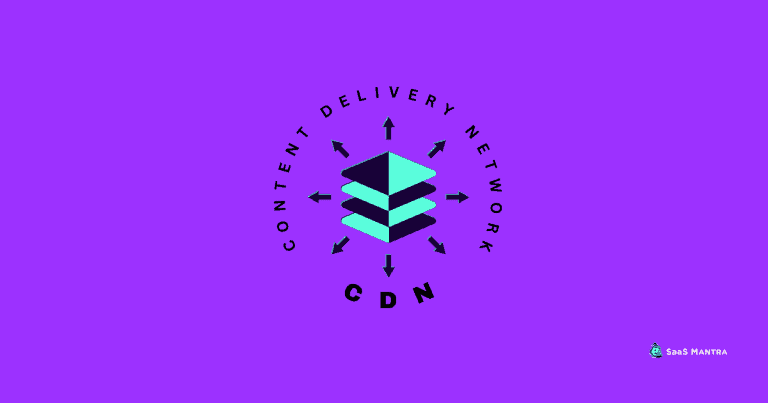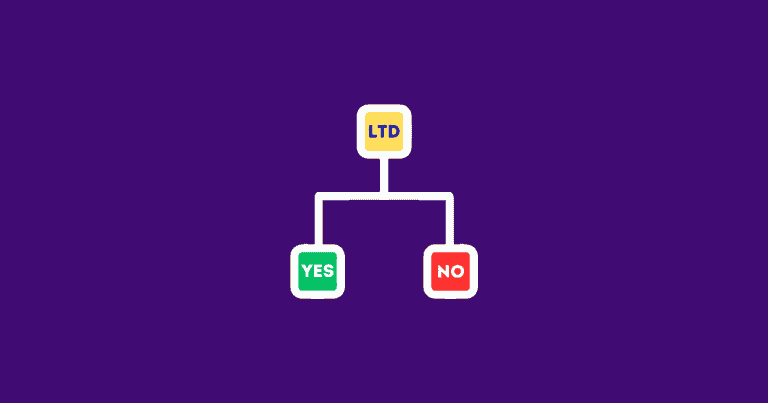How To Find Product/Market Fit for Your SaaS Business?
How do you know whether or not you found the right product/market fit? There’s no magic formula to finding out whether your startup has what it takes to become profitable.
What matters most is having solid data from your customers. How does one go about collecting these insights?
Every entrepreneur wants to build something great, but they often struggle to figure out where their product fits into the market.
This means knowing which markets to target and which ones to avoid. Once you have narrowed down your niche, you’ll want to create a strategy to attract potential customers.
“Product/Market Fit” refers to the compatibility between consumers and a product or service offered by a company.
👉The idea behind it is simple: If your company’s product or service matches well with its customer base, then both parties will benefit.
Therefore, launching your SaaS product requires thorough research into the market and competition, coupled with careful planning to ensure success. This strategy ensures you’ll maximize sales and minimize costs.
What is Product/Market Fit?
“Product/market fit” refers to the match between your product and its target audience.
When determining whether your product has a good chance at being successful, start with these questions: Who is buying my product? What problems does it solve? Where in the buyer lifecycle would I expect them to signup?
Once you have determined who your buyers are and where they are in their purchase journey, you can determine whether your product is a good fit.
In other words, it’s the perfect storm—if a startup has the right product (or offering) and customer base, then product/market fit is achieved.
Startup founders often struggle with finding product/market fit. They spend hours researching competitors, brainstorming ideas, developing prototypes and testing them.
“Product/market fit means being in a good market with a product that can satisfy that market.”
– Marc Andreessen
Why does Product/Market Fit?
Product/market fit is critical to the success of a company, but it can also be elusive to define.
The term comes from venture capitalists who talk about the concept of finding a product or service that has mass appeal.
This means that the majority of potential customers would want to buy into the idea. Once they’ve bought in, then the VCs say that the product is now validated.
But why should you care about product/market fit? If you build something nobody wants, you’ll never see a return. You won’t earn revenue, and you might even fail.
Validated companies often go public and become publicly traded corporations. They sell shares to investors. These investors hope that the company will continue to generate profits and increase its stock value.
Myths of PMF
There are many myths around PMF, but the one that stands out from them all is that every entrepreneur should strive to get their product launched within 6 months of starting their idea.
In reality, there are many reasons why startups fail, and some take longer than others. The key to success lies in knowing when to quit.
Six-Step Process to Help find Product/Market Fit:

Step#1. Line up your product goals first
Launching a new product isn’t always easy. In some industries, startups often launch without knowing much about their potential customers or competitors. This leads to confusion during the early stages when they don’t know whether their idea has legs.
When launching a new product, startups should start with their long term goal in mind. They then should identify a specific customer segment and determine whether their product addresses their target audience’s problems.
If the answer is yes, then they should build an MVP (Minimum Viable Product). If it turns out that their solution does solve the problem for their prospective customers, then they should prepare for their next step – mass production and marketing.
Step#2. Come up with product hypotheses based on data
If you want to create a truly great product, you must collect, analyze, and act upon data.
There are 3 key reasons why this is true:
◼ First, understanding why consumers behave the way they do helps build better products.
◼ Second, gathering relevant data signals leads to actionable insight.
◼ Third, acting on information improves performance over time.
👉 Speak with customers,
👉 Look at your product analytics,
👉 Check out your competitors, and
👉 Speak with internal teams
A product hypothesis is sometimes referred to as a product initiative or a product idea.
Step #3. Prioritize the product hypotheses
Product market fit (PMF) refers to whether or not a new product has found its way into the hands of enough customers who want to purchase it. If PMF isn’t achieved, then a startup loses out on revenue potential.
It’s important to identify the problem space where your target customer exists, and develop a hypothesis around solving those problems.
The solution must address both the pain points and the value proposition for your target customer.
Step #4. Get feedback from customers
Customer satisfaction is key to running a successful SaaS business. Your customers (or potential customers) expect a certain level of quality from you, no matter how big or small your business might be.
And they also expect to get their questions answered within 24 hours. If you don’t deliver satisfactory responses to queries, you’ll likely lose them.
There are three important aspects of providing outstanding customer service and support:
💠 Make sure you have a clear understanding of each client’s requirements before answering their question.
💠 Anticipate the questions customers ask, and provide answers accordingly.
💠 Answer promptly and resolve issues without having to escalate them.
Step#5. Make small bets with MVP’s
Sometimes product experiments are referred to as MVPs (Minimum Viable Products) or Prototypes, or Small Bets.

Proprietary data helps businesses find Product-Market Fit. It usually includes the following insights:
◼ The pricing sensitivity of your target market
◼ Feature ideas for your next product iteration
◼ Your customer’s unique behavior and the customer journey
◼ Insider knowledge about your product category
An MVP allows you to build something that has value without having to invest too much effort upfront.
In other words, an MVP gives you the opportunity to validate whether your idea has potential before investing too much time or resources into developing it further.
An MVP (Minimum Viable Product) is essentially a prototype or working version of something new. In other words, it’s the earliest possible form of a project before it has gone through the development stages.
The term “minimum” means that the final product does not need to include every feature initially, only those needed to test whether they work correctly. This way, the project can be completed at a reasonable cost.
There are usually two kinds of experiments you can build:
A Proof of Concept that demonstrates the product but doesn’t fulfil the actual need of the customer. For example: smoke and mirror tests.
A functional experiment that works, but it’s usually built using an unscalable solution or with few features. (e.g. “plain donut” product).
Step#6. Evaluate market traction
Market traction refers to the number of companies currently using your product, while product market fit indicates whether your product is meeting customer demand.
Evaluating these two metrics helps entrepreneurs determine whether they should continue developing their product or pivot to another idea.
Market evaluation is crucial if you want to determine whether your product is worth investing time and resources into. This involves assessing market trends, competition, customer feedback, and even the overall viability of the project itself.
A good way to evaluate the market is to look at existing competitors. In addition to studying their strengths and weaknesses, you will also want to analyze the current state of the market to see where your prospective audience falls within the spectrum.
To evaluate market traction for product market fit, you’ll need to consider several key metrics, such as sales growth and revenue per user.
These numbers should increase over time as the company grows. If they don’t, then it might indicate that the product isn’t ready for primetime.
Stay close to the signs of traction below:
🔹 Exponential growth in revenue, conversion, and engagement
🔹 High user retention at a minimum of 40% of new customers
🔹 You should expect at least a 3 to 1 return on customer acquisition cost on acquiring new customers.
🔹 At least 40% of customers tell you they are “very disappointed” if the product is removed from the market.
How to measure Product/market fit?
When measuring PMF, consider these things: You need to conduct thorough research, understanding the markets through metrics, using tools to assess NPS (Net Promoter Score) and PMF (Profitability Margin Factor), and then adjusting accordingly.
💠 Research your target customers
💠 Identify the size of the market you can actually hit with metrics and tracking
💠 Measure product/market fit with NPS and PMF
How does a startup evaluate whether or not its new product has reached product/market fit?
Product Market Fit (PMF) refers to the point at which a company believes their product is ready for mass adoption. There are four key indicators that signal PM:
1. High customer satisfaction rates – Customers enjoy using your product because they see value in it. If customers don’t like using your product, then it probably isn’t very good.
2. Low churn rate – Customer retention is high because customers either love your product or hate it. Churn occurs when a user stops using your product without switching to another one.
3. High lifetime value (LTV) – This indicates the long term value of your customer base. The higher LTV, the better.
4. High revenue growth – Revenue growth tells you that customers are buying your product at a steady pace. Growth signals that your product is providing value to your target audience.
Wrapping Up
It is important for startup or any other business to understand that whether they are putting out a model that is just a problem-solver or it is an innovative way to eliminate a big burden from users. These two approaches can be used by business owners to achieve product market fit.
Product brainstorming is so powerful that it actually becomes revolutionary across all technology fields.
Therefore, it allows business owners to roll out products that are futuristic and advanced in accordance with all market standards.






